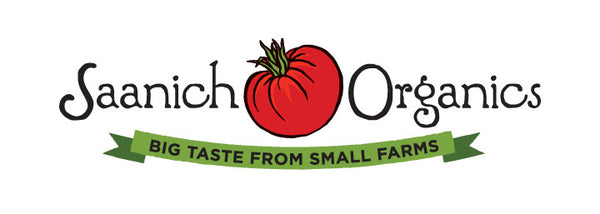In your boxes this week you'll find...
Carrots
Garlic
Kale
Leeks
German Butter Potatoes
Parsnips
Rutabaga
Winter Squash
Newsletter
We’re happy to report that some of our crops are showing signs of life after the January deep freeze. The vibrant kale in your box this week has grown back from pretty dead-looking plants, and the root crops have healed to retain most of their integrity. Nature is truly fascinating and we continue to be humbled by the adaptive nature of our food crops.
Mashed Carrot and Parsnips
This simple recipe is a comfort food from my youth. Peel and roughly chop any quantity of carrot and parsnips into 1” dice. Rutabaga is nice in this dish as well. Boil in salted water until very tender. Drain, mash and stir in butter to taste. You can retain the water to flavour soup. The mash keeps nicely and is easy to reheat as a leftover.
Rutabaga Pickle
I’ve always been a fan of roasted or stewed rutabaga, but recently I had a new world opened up to me. I watched a cooking show from Norway that featured veggies grown in the far north. The rutabaga features really prominently, and its mainly eaten raw or pickled. Think grated rutabaga salads, finely shaved rutabaga or even slices, served raw on sandwiches or as a side. Rutabaga picks up the flavours of a mild or spicy marinade. The internet is full of these recipes. We like apple cider vinegar and salt, but there are recipes that pair it with dried coriander or smoked paprika.
News from the Farm
We’ve been doing a whole lot of restoration and rewilding at Sea Bluff Farm, a 10 acre intensive production farm in Metchosin. We have over 1000 ft of hedgerows surrounding the fields, and have re vegetated swales and special spaces for biodiversity. If you plant it, they will come.
But now we have a tension, because by farming, we threaten the very species for whom we’ve created sanctuary. Cringe away, but I’ve gotten very good at spotting frogs from the seat of the tractor, and waiting for them to jump away. We were digging sunchokes yesterday and came across hibernating
salamanders, which we luckily spotted by their faint rustling. We were able to isolate and work around them but we can’t always. The more of this restoration that we do, the “worse” its getting because its nerve wracking. What to do? Is there a right answer? Its something to ponder while picking carrots.
